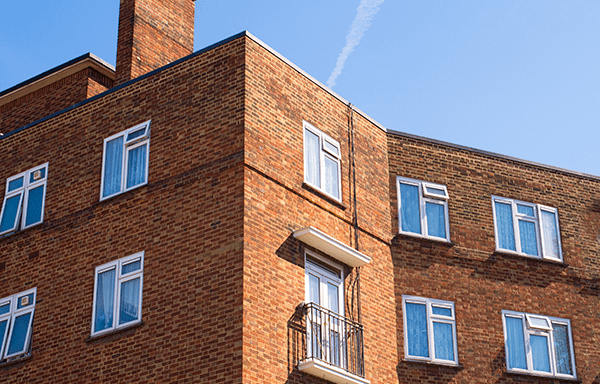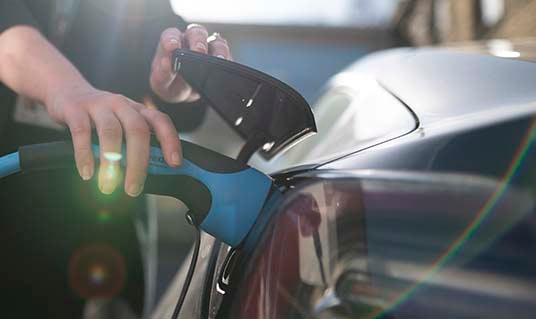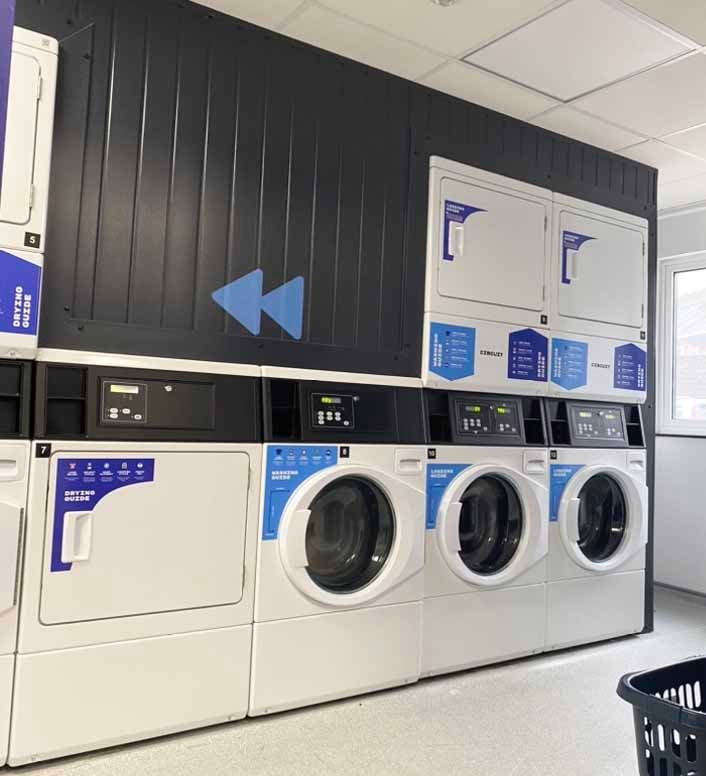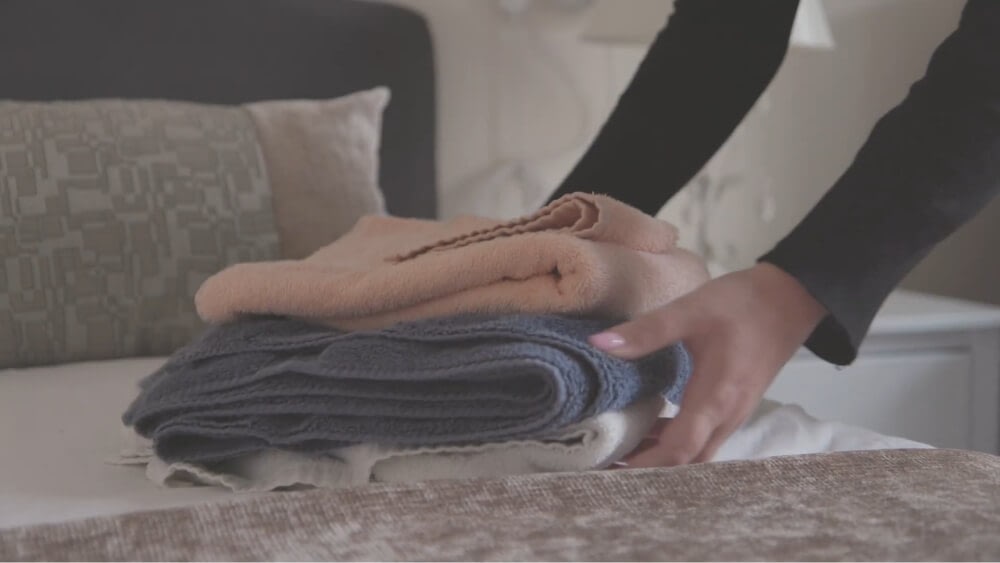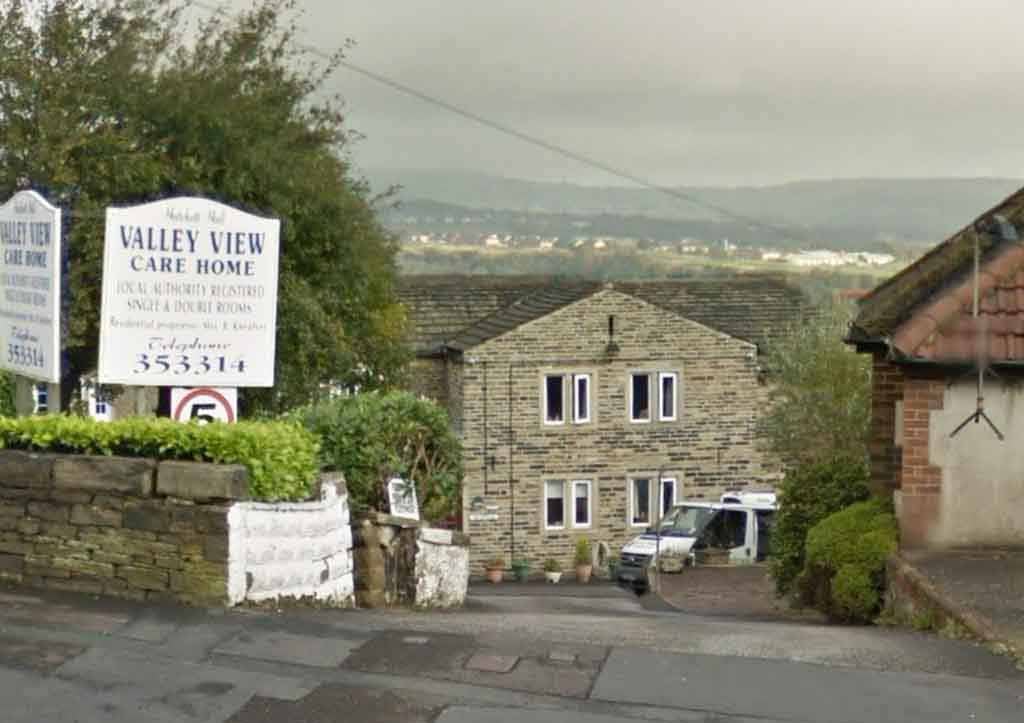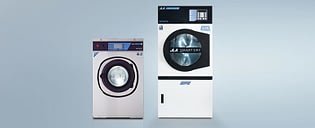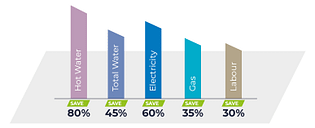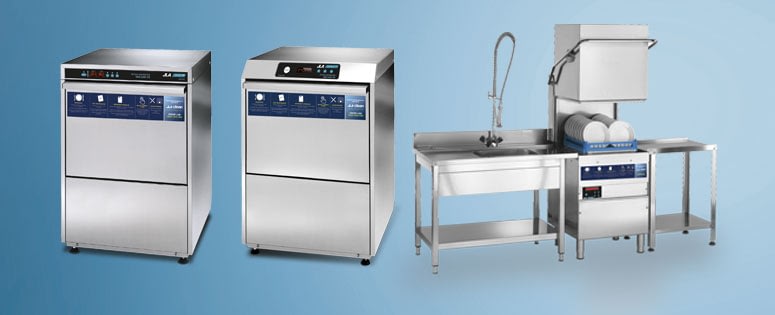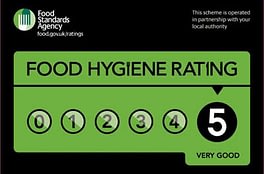There are lots of things to consider when it comes to hotel laundry planning – not least whether to keep things in-house or outsource your washing, drying and finishing to a hotel linen service. One of our hotel laundry specialists, Martin Aston answers some common questions we’re asked by owners, managers and laundry decision-makers when scoping out the commercial laundry equipment process in their hotels.
Should I run an in-house hotel laundry or use a contract linen service?
If you’re able to do everything yourself, you’ll be able to take full control of what you wash, how and when – and you won’t need to depend on a third party to pick up and deliver your laundry on time or wash things to the standard you need. Plus, there’s no risk of your linen getting tangled up with another hotel’s pile.
While outsourcing laundry services in hotels may seem like it could free-up staff time at face value, you need to think about how long it will take to count linen in and out, manage your contract (admin time for PO’s and payments, chasing late deliveries and filing complaints can all steal staff time).
Choosing to have onsite hotel laundry facilities means you can also control your own electricity and water costs, reduce the amount of linen stock you need (no need for as many spares/pars). It’s also easier to react to changing demands like illness outbreaks or changing and seasonal occupancy levels – contracts often come with minimum monthly charges which can leave you paying more than you need to in low season.
Check out the ‘Hotels’ section of our testimonials >>
What are the benefits of an in-house hotel laundry?
- Save money – Outsourcing your wet or dry cleaning requires double the PAR stock compared to on-premise laundries, and with expensive fees per item, this multiplies your spend significantly – as do minimum charges.
- Save time – Rather than waiting for laundry bag deliveries, counting stock in and out, processing paperwork and maintaining storage areas, staff can concentrate on their front-end duties. Operating commercial laundry machines is a straightforward, quick process and will free up hours of labour time
- Take control – Choose the quality of items you want to use and extend the life of your towels and linen. If an emergency arises – such as a spillage, you have the in-house facility to deal with it quickly
I’d like to keep things in-house but we don’t have much space?
If space is an issue, bringing just your towel laundering in-house with can instantly make a difference. Towels, bath mats and robes are some of the heaviest, yet easiest items to wash. And because they don’t require ironing, you don’t need to account for space for finishing equipment. Blog: How to get soft, fluffy towels The more labour intensive items such as tableware and bedding can continue to be outsourced if absolutely necessary, but with expert advice there’s no reason why you shouldn’t be able to create a ‘compact’ hotel laundry room layout that allows you to process items that would cost more to wash (and take longer to turn around) as part of an external hotel laundry contract.Isn’t running an in-house hotel laundry expensive?
With external services you could be paying a premium for your laundry without knowing how old, how good or how environmentally unfriendly their equipment might be. The added benefit of choosing your own equipment for your own laundry onsite is the ability to install energy-efficient. Commercial washers and commercial dryers are highly efficient and designed to provide a high quality wash experience whilst reducing utility costs. Blog: Are you making these hotel bedding mistakes? Clever features mean the most intelligent machines on the market can determine how much water and detergent your fabrics need in each load ensure you’ll only ever use the amount required per wash load – saving you money and ensuring optimum wash quality on every cycle.What are the key features I need to look for when choosing washers and dryers?
Firstly, to run a professional hotel laundry service, you must have laundry equipment that’s purpose-built for business use. While this might sound expensive at first glance, the benefit here is that such machines are often available as part of all-inclusive supply and service packages which include emergency breakdown cover (yet another thing that’s good to have in your control if something happens – linen hire companies may have long SLAs on any repairs which could leave you without towels or sheets). We used to use contract towels but it was decided to have our own on-premise laundry so we could give the guests a better service, with a daily towel change if needed. The towels smell fresh and stay fluffy, and OTEX ozone laundry means we can disinfect lots of them at a lower water temperature and make a saving on utilities too. Read more…>>Penny Thomassen, Head Housekeeper at Bembridge Coast Hotel (Bourne Leisure)
Commercial washers and dryers are by their nature larger in capacity – and let you do bigger loads, less often. That’s less time spent on laundry itself, and less money spent on energy bills.Choosing the right hotel laundry equipment
The washers, dryers and finishing equipment a hotel laundry needs varies depending on each individual requirements. However, a general guide would be:10-50 bedrooms…
Combination to consider: JLA 22 SMART washer, SD35 SMART dryer and a 1.5m rotary ironer100+ bedrooms…
Combination to consider: JLA50 SMART washer, SD80 SMART dryer and a 1.9m dryer ironer Contact us with your hotel laundry planning questions >>Download the JLA hospitality sector brochure
Take a look at our detailed brochure for more information on how JLA can help hotels and spas.
- An overview on how JLA can help hotels and spas
- Sustainability and ESG
- Laundry, catering, HVAC and fire safety products
- Digital support
- Network of engineers
- Purchase options, including Total Care
Similar blogs you may like
Loading...
Preparing your hotel’s laundry operations for peak summer demand
During summer season, it is key that hotel operations are prepared for the increased volume of laundry whether that’s linen, towels, or guests’ personal items. In this guide, we’ll take you through how to ensure seamless laundry throughout your peak demand periods.
What detergents do hotels use?
Discover why hotels rely on a huge range of commercial-grade laundry, catering and general detergents and chemicals to keep things hygienic and to maintain compliance.
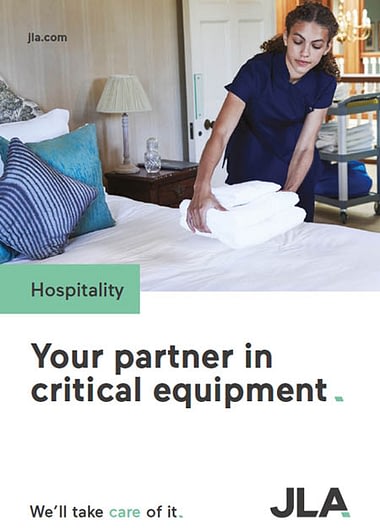

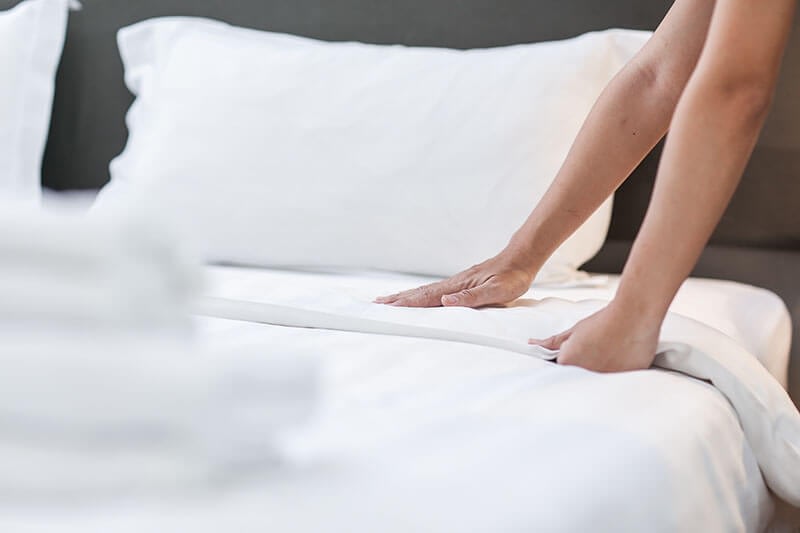


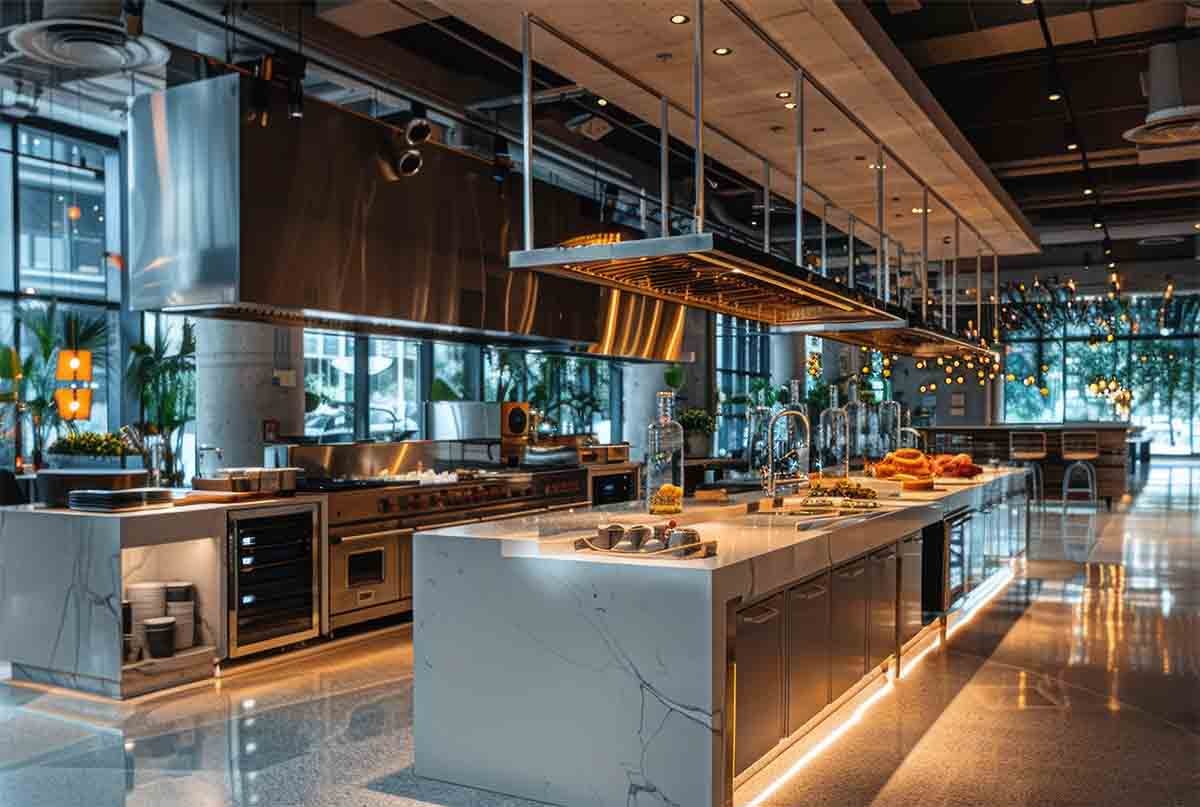

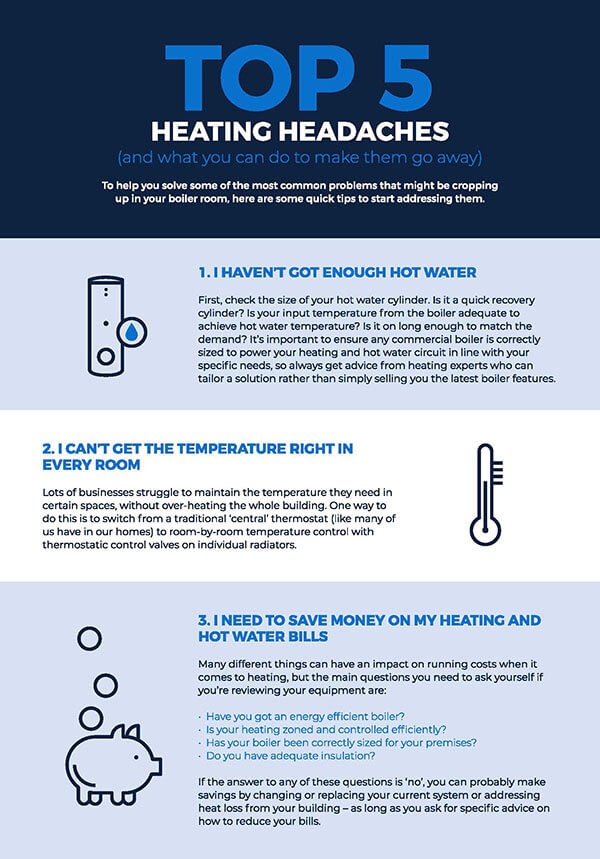 Download our Top 5 Heating Headaches Guide
Download our Top 5 Heating Headaches Guide